BE52N Touch Screen Panel ICU Beds
with Weighing System
ICU beds are specialized medical beds designed to meet the critical needs of patients in a hospital’s intensive care department. These beds are equipped with advanced features that enhance patient comfort, segurança, and care management. Key functionalities often include adjustable bed positions controlled via electronic systems, built-in weighing scales for continuous monitoring, vital signs tracking, and emergency features like electric CPR for rapid response. ICU beds are typically outfitted with multifunctional side rails that contain embedded control panels and touchscreens, allowing both patients and healthcare providers to adjust settings conveniently. The design also integrates backup power systems to ensure functionality during power outages, making ICU beds essential in providing comprehensive care and supporting complex medical treatments in critical care settings.
Parâmetro técnico:
| Comprimento Externo | 2280milímetros |
| Largura Externa | 1050milímetros |
| Altura mínima da cama | 500milímetros |
| Altura máxima da cama | 750milímetros |
| Plataforma de colchão | 1940*900milímetros |
| Carga de trabalho segura | 250kg |
| Encosto | 65°±10° |
| Descanso para joelhos | 40°±10° |
| Trendelenburg | 12°±3° |
| Trendelenburg reverso | 12°±3° |
| Touch Screen Control Panel | 10.2polegada |
Configuração Técnica:
| Motor Linear | 4peças |
| 6”Rodízio de dupla face | 4peças |
| Extremidade da cama PP | 1definir |
| Trilho lateral dobrável PP | 1definir |
| Painel de controle | 5peças |
| Touch Screen with Weighing System | 1definir |
| Pólo IV | 1computador |
| Previsão do Pólo IV | 4peças |
| Gancho de drenagem | 2peças |
| Indicador de ângulo | 4peças |
| Bateria de reserva | 1computador |
| RCP Elétrica |
Opcional:
- Luz noturna
- Pólo de Macaco
- Seção traseira translúcida de raios X
- Controlador de mão
- Extensão de cama
- RCP manual
- Sistema de pesagem
Introdução do produto:
Tecnologia
ICU beds are specifically designed for critically ill patients, using advanced technology to improve care. They are built with a sturdy steel frame, offering strong support and durability. Precise metal cutting and seamless welding make the structure smooth and hygienic, preventing bacteria buildup. Além disso, the 360° rotation feature allows easy bed adjustments from any angle, making medical procedures more accessible without moving the patient. This is especially important during emergencies. Adicionalmente, electronic systems control bed height, inclinar, and positioning to ensure patient comfort and meet medical needs.
Padrão de segurança
ICU beds meet strict safety standards for use in critical care. These beds often comply with ISO 13485:2016 e ISO 9001:2015, ensuring high-quality manufacturing and safety. Além disso, they usually have CE certification, showing compliance with European safety standards. Nos EUA, ICU beds may also be FDA-certified, meaning they meet the strict guidelines set by the Food and Drug Administration. This combination of certifications guarantees that ICU beds are safe, confiável, and of the highest quality.
Plataforma
The platform of ICU beds is designed for both comfort and safety. Adjustable panels at the knee and abdominal areas help reduce pressure and prevent injuries. This feature is vital for distributing weight evenly, ensuring patient care is optimized. Adicionalmente, the bed has ventilation holes, which help prevent moisture buildup and bedsores. Junto, the adjustable platform and breathability contribute to better patient comfort and reduce complications like pressure sores.
Extremidade da cama PP
ICU beds often feature polypropylene (PP) bed ends made through a one-piece molding process. This design makes the bed ends strong, durável, e fácil de limpar. PP is resistant to chemicals and physical damage, which is crucial in intensive care. Além disso, the bed ends can be easily assembled and removed, allowing quick adjustments for patient needs and providing medical staff with better access during emergencies. The ease of maintenance and practical design make PP bed ends akey feature of ICU beds.
Trilho Lateral PP
ICU bed side rails are designed with patient safety in mind, using a four-piece damping lift system made of polypropylene (PP). This material is strong, fácil de limpar, and safe. Each side rail has an angle display, helping caregivers monitor rail positions and prevent falls. Adicionalmente, the side rails retract smoothly under the bed, making patient transfers safer and more efficient. This feature not only improves patient safety but also streamlines the work of healthcare providers.
Trendelenburg / Trendelenburg reverso
ICU beds come with advanced functions, including Trendelenburg and Reverse Trendelenburg positions. These features are crucial for medical and therapeutic treatments. The Trendelenburg position tilts the bed so that the patient’s feet are higher than the head, which helps improve blood flow. Por outro lado, the Reverse Trendelenburg position raises the head, helping with breathing or reducing acid reflux. The bed tilts to a maximum angle of 12°±3°, ensuring safe and effective treatment.
Ajuste da Seção Traseira
ICU beds have an adjustable back section, allowing the angle to be changed for various patient needs. The back-rest can be raised up to 65°±10°, aiding with breathing, eating, or therapy. This flexibility is essential for enhancing patient comfort and promoting lung expansion. The smooth mechanism allows for gentle adjustments, preventing discomfort. Então, this adjustability not only improves the patient’s experience but also helps healthcare providers manage care effectively.
Ajuste da seção das pernas
The knee-rest of ICU beds can also be adjusted to enhance comfort. It can be raised to an angle of 40°±10°, which helps relieve pressure on the lower back and improve circulation. This feature supports patient care by maintaining a comfortable position for long-term stays and assisting with respiratory and digestive functions. O suave, precise movement ensures adjustments are made without disturbing the patient.
Ajuste de altura da cama inteira
ICU beds offer height adjustments between 500mm and 750mm, improving both patient care and staff comfort. Lowering the bed to 500mm makes patient transfers safer, while raising it to 750mm helps caregivers perform procedures without bending. This range allows the bed to meet various medical and comfort needs. The height adjustments are controlled electronically, ensuring smooth and quiet operation that minimizes patient disruption.
Rodízio com Freio Elétrico
ICU beds are equipped with omnidirectional casters and an electronic braking system. These features improve mobility and stability, making it easy to move the bed in tight spaces. The electronic brake ensures the bed stays in place during procedures, increasing both patient safety and staff convenience.
Indicador de ângulo
ICU beds include angle indicators on the side rails, helping medical staff adjust bed positions accurately. These indicators provide quick and clear feedback, which is essential during critical procedures like respiratory therapy. The visibility of the indicators streamlines care, ensuring patients are positioned correctly and efficiently.
Pólo IV & Previsão do Pólo IV
ICU beds feature provisions for IV poles at each corner of the bed, allowing flexible placement. The IV poles use stainless steel and are height-adjustable, providing easy access to fluids and medications. This design supports efficient patient care by offering ample space for multiple IV bags and convenient access for medical staff.
Painel de controle
The control panel on ICU beds uses heat-sensitive touch switches. Patients canadjust their posture using inner keypads, while outer keypads are for staff control. This separation of controls ensures patient safety by preventing unintentional adjustments.
Touch Screen
A 10.2-inch touchscreen on the footboard of ICU beds displays real-time bed posture information. The touchscreen simplifies operations for medical staff, allowing easy adjustment. A lock feature prevents accidental changes, ensuring patient safety.
Memory System
The memory system in ICU beds allows medical staff to save preferred bed positions for specific patient needs. This feature enhances efficiency, as beds can quickly adjust without reconfiguring settings. It also improves care, particularly during emergencies.
Sistema de pesagem
ICU beds include an integrated weighing system, allowing continuous monitoring of patient weight. The system can track weight changes and alert staff if there are significant fluctuations. This helps ensure patients receive the correct medication and care.
Bateria de reserva
ICU beds come with a backup battery system. This system ensures uninterrupted operation during power outages. The backup power maintains critical functions, ensuring that patient care remains consistent in emergencies.
RCP Elétrica
ICU beds have an electric CPR function that flattens the bed with the push of a button, allowing for quick emergency response during cardiac arrest. This feature ensures medical staff can start CPR immediately, improving patient recovery chances.








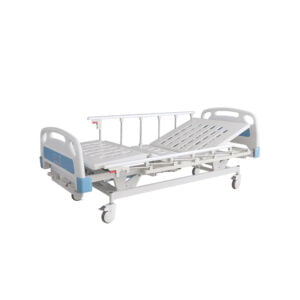
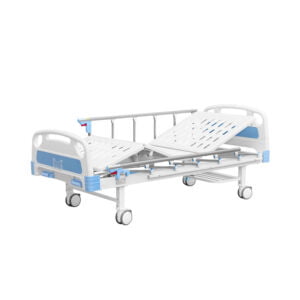
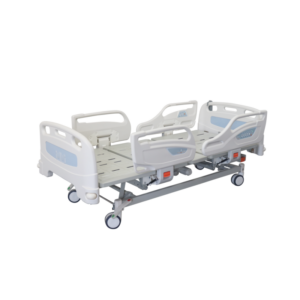
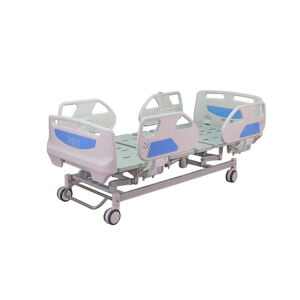

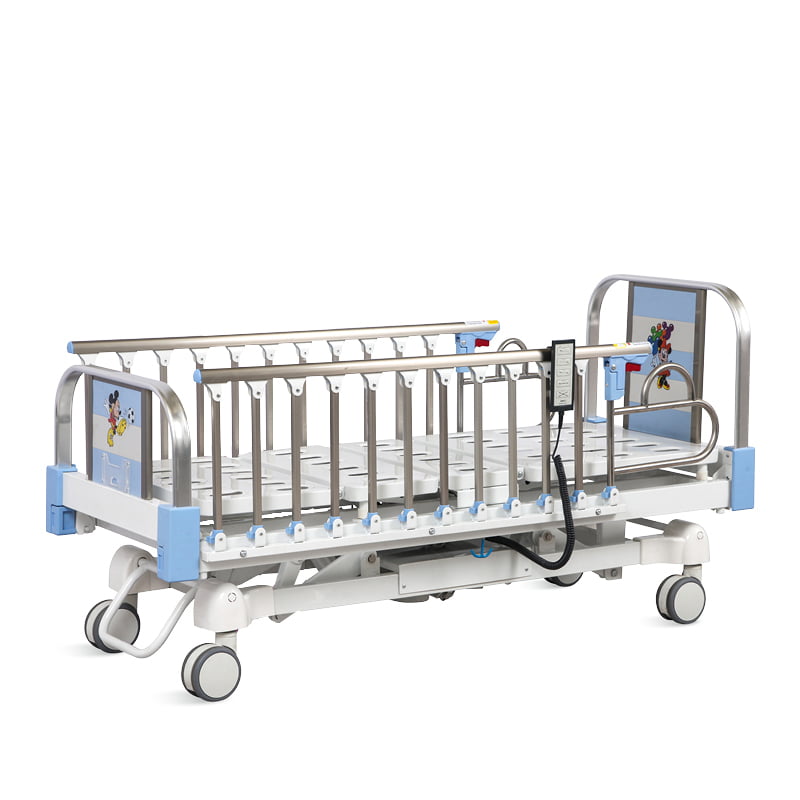
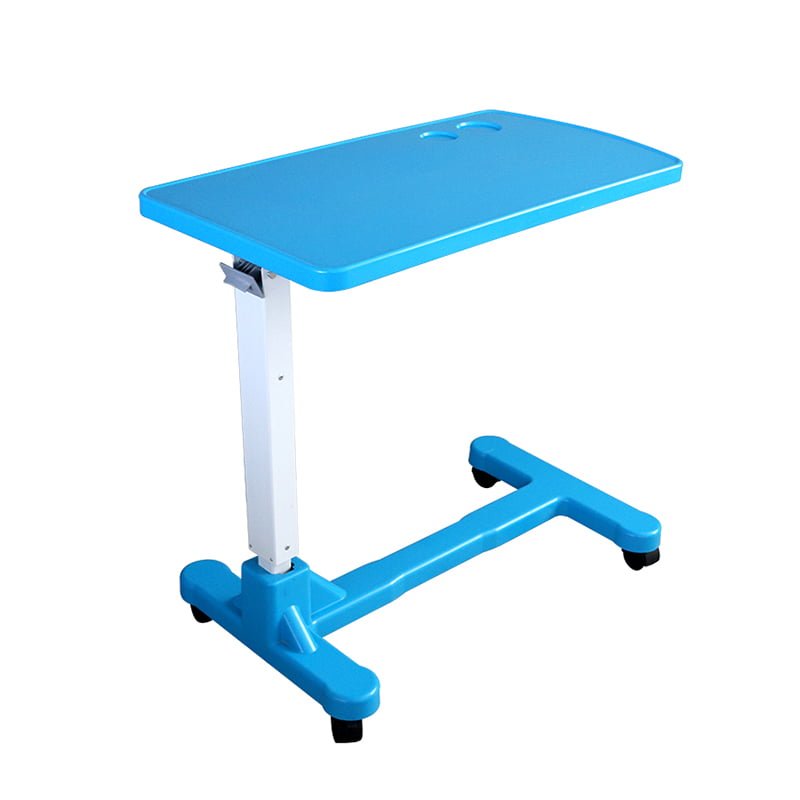
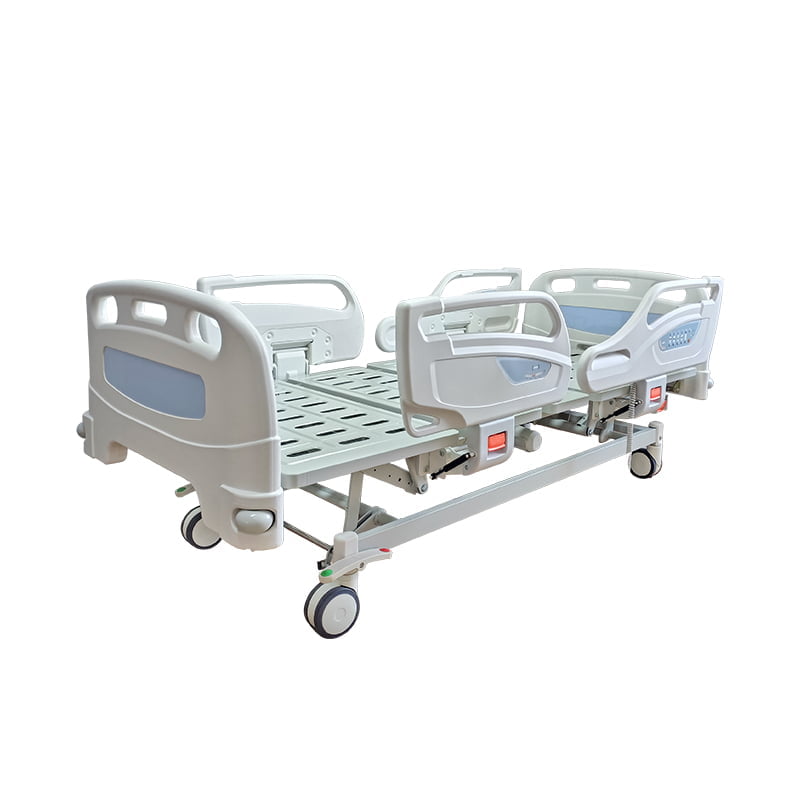
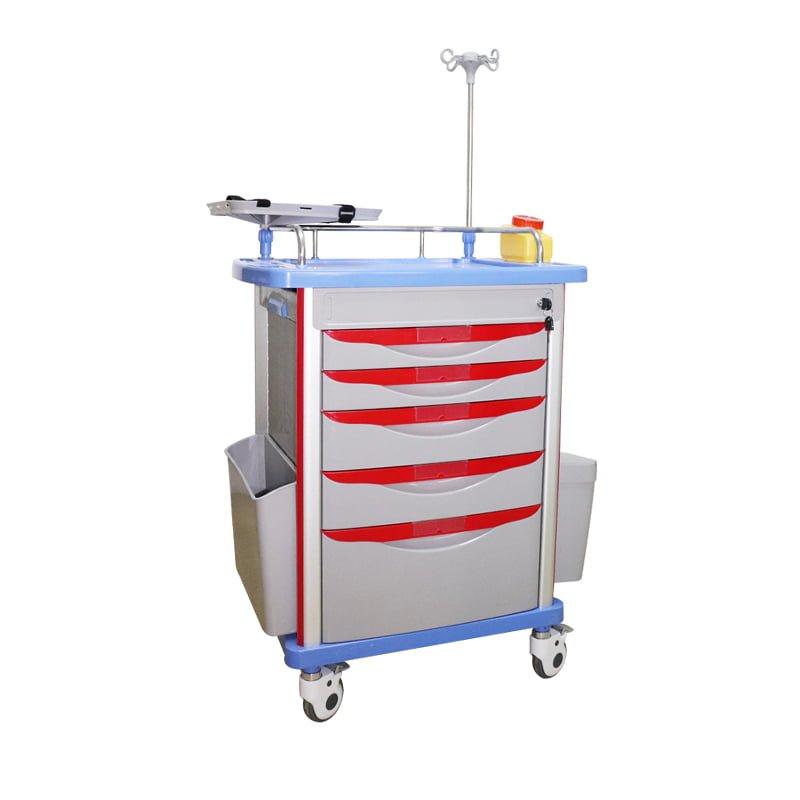
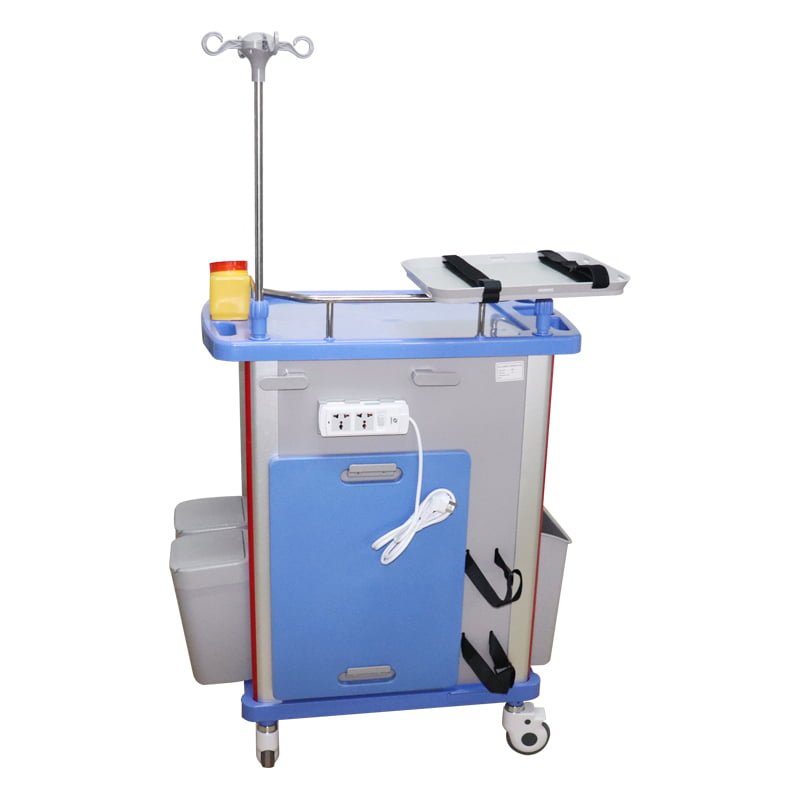
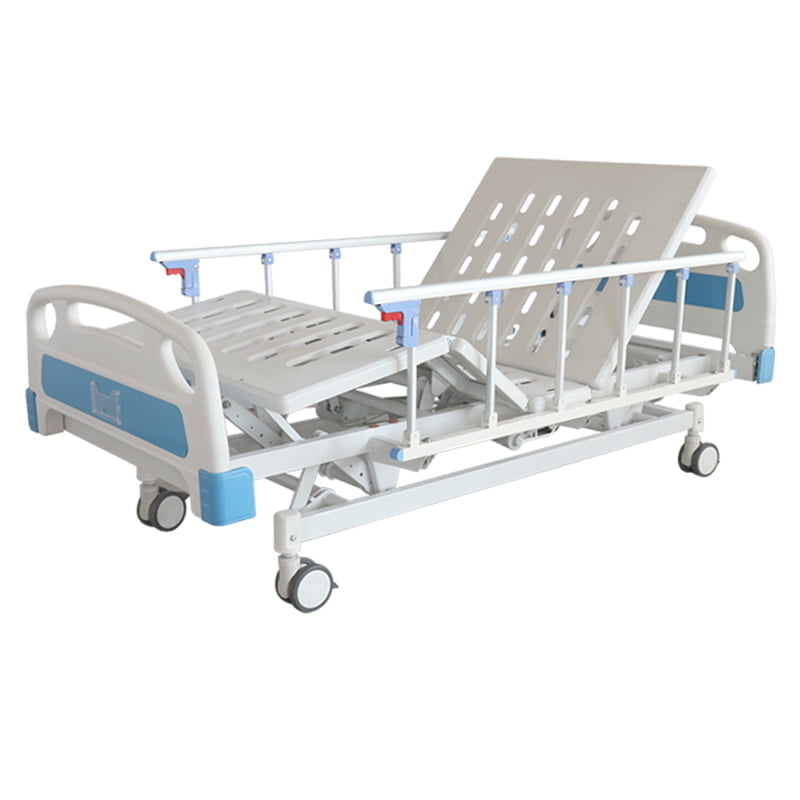
Avaliações
Ainda não há comentários.